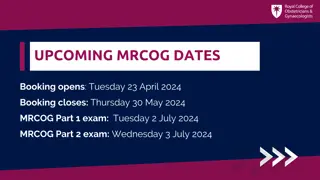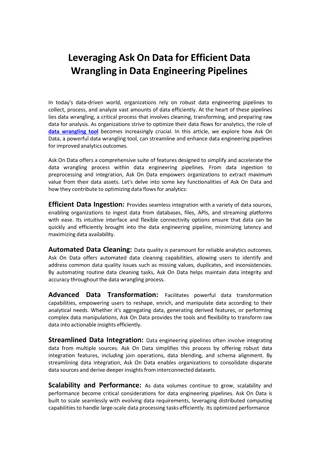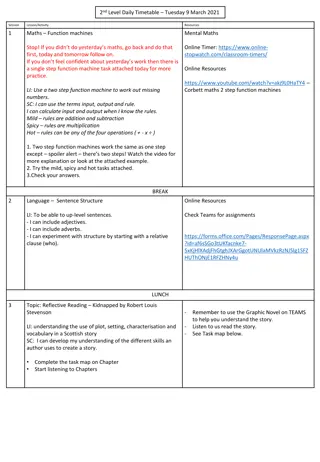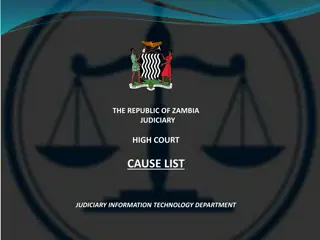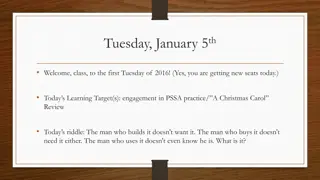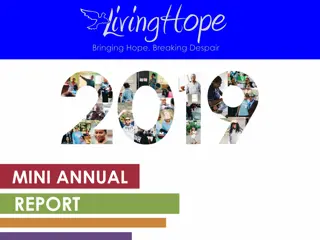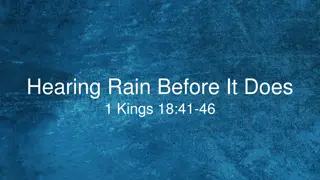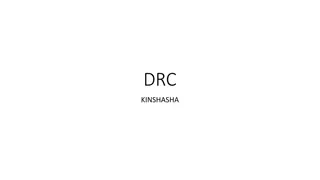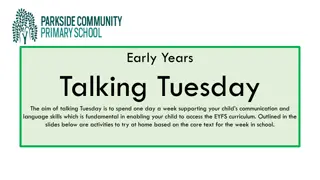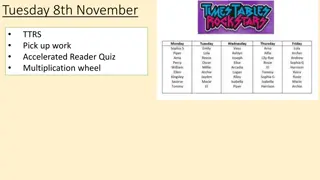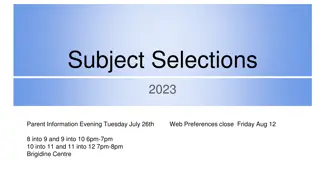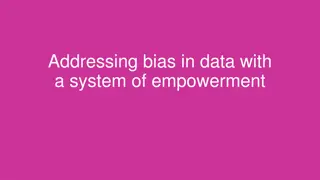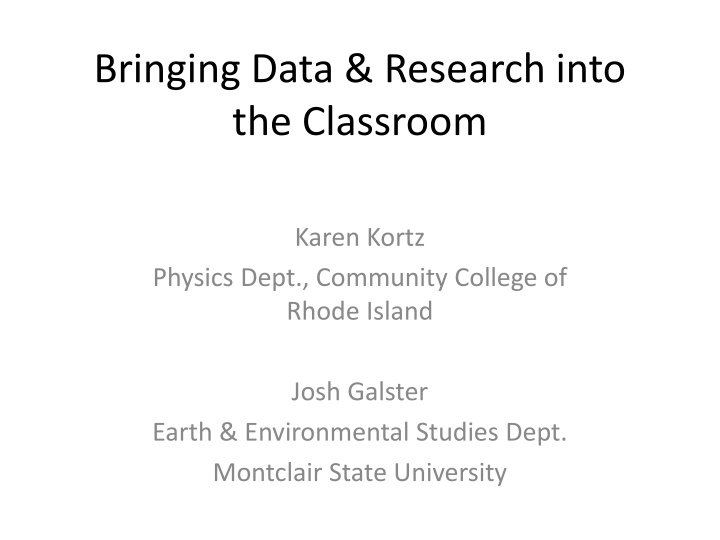
Incorporating Data and Research into Classroom Teaching
Learn from experienced educators Karen Kortz and Josh Galster about the benefits of bringing data and research into the classroom, the importance of hands-on learning, and strategies for integrating these elements into teaching across various levels and subjects.
Download Presentation

Please find below an Image/Link to download the presentation.
The content on the website is provided AS IS for your information and personal use only. It may not be sold, licensed, or shared on other websites without obtaining consent from the author. If you encounter any issues during the download, it is possible that the publisher has removed the file from their server.
You are allowed to download the files provided on this website for personal or commercial use, subject to the condition that they are used lawfully. All files are the property of their respective owners.
The content on the website is provided AS IS for your information and personal use only. It may not be sold, licensed, or shared on other websites without obtaining consent from the author.
E N D
Presentation Transcript
Bringing Data & Research into the Classroom Karen Kortz Physics Dept., Community College of Rhode Island Josh Galster Earth & Environmental Studies Dept. Montclair State University
Our backgrounds Karen: Taught at CCRI for 13 years Intro courses for non-majors Specializes in geoscience education research (GER) Includes a semester-long research project, advises Honors students to do research projects in addition to course work Leads a faculty learning community on undergraduate research Josh: Taught at Montclair State (public university in NJ) for 8 years Interdisciplinary department that has undergrad through PhD students Variety of courses from Intro courses for non-majors up through graduate course Specializes in hydrology and watersheds Attempts to use data in about 1/3 of all class meetings Your level of experience with data/research?
Why incorporate data/research into the classroom? Think of and then pair up and generate a quick list of the benefits
Why incorporate data/research into the classroom? (example responses) Cognitive growth gains in knowledge and skills more able to think and work like a scientist (if made explicit) communicate effectively think analytically and critically increased retention in the course and/or discipline Personal growth gain confidence more independent more self-motivated Professional growth interests in a science career are validated or enhanced develop ties to the scientific community
Objectives for this session Make the case for using data and conducting research in the classroom. Give examples at a variety of scales. Have you generate exercises that incorporate data/research into your teaching.
Scale of Classroom activities Data vs. Research Using data is a piece of the research process Time involved: 10 minutes, a class/lab, a semester? Individual vs. group Outcome: thinking (TPS), writing, presentation, homework
Data example: Trends in Precipitation NJ State Climatologist
Data example: Images http://earthobservatory.nasa.gov/IOTD/view.php?id=86041
Research example Geoscience education research project (details on the SERC webpage) Students ask a research question by filling in the blank: What do college students think about ___? Students create a questionnaire to collect data They analyze data, create graphs, and present conclusions
Research example Mapping Hurricane Sandy storm surge in GIS
Tips and Recommendations for Data Set the tone early: begin on the first day of class Start with the basics: define axes, look at units, trends, etc. Be sure students are prepared to do what you re asking them to do Ensure students see the relationship between the topic and course content. Incorporate group work. Make it clear how the use of data fits into the process of science.
Tips and Recommendations for Research Give detailed and clear directions at the beginning of the research experience. Frequent deadlines are necessary and important. Make clear the purpose of each component within the project and within the course. Build in time for flexibility. Give students freedom to choose a topic, with guidance. Ensure students see the relationship between the topic and course content. Peer review is helpful to provide formative feedback. Students should communicate results beyond the professor. Incorporate group work. Prepare students by using data in the classroom
Individual reflection Think of examples datasets to present in class Think of possible research projects to incorporate in a classroom What level of class? How long for discussion? What will the students actually do? Will they write, do homework, share something Develop something that will work best for you!
Additional Resources On the Cutting Edge Undergraduate Research as Teaching Practice (http://serc.carleton.edu/NAGTWorkshops/un dergraduate_research/index.html) Council for Undergraduate Research (CUR); On the Cutting Edge Teaching with Data, Simulations, and Models (http://serc.carleton.edu/NAGTWorkshops/da ta_models/index.html)

